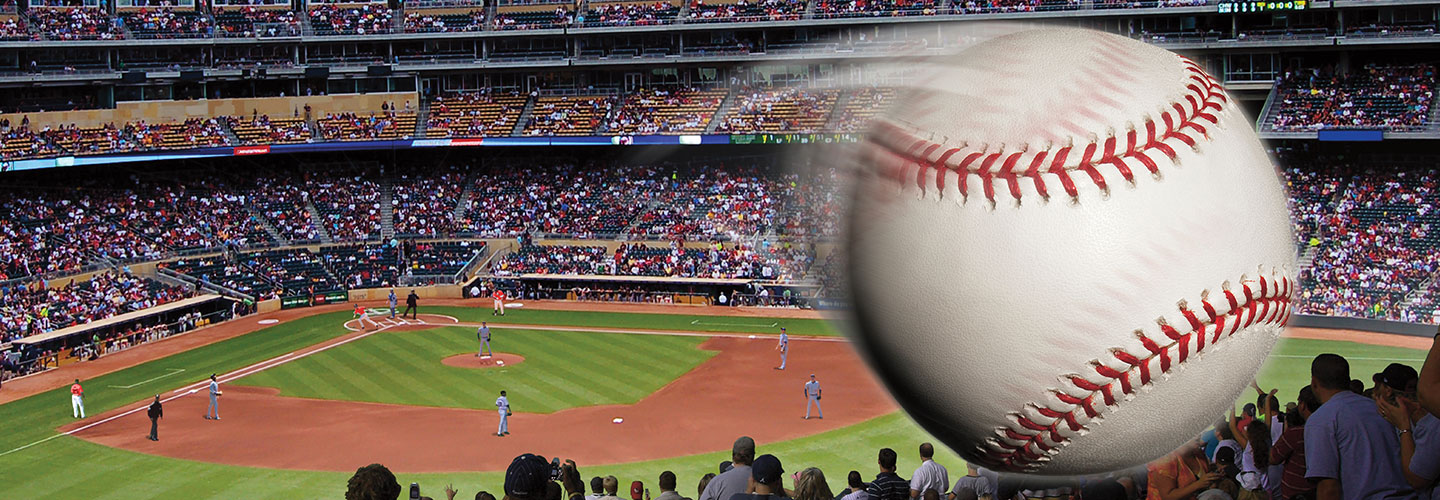Without a doubt, the most thrilling part of a baseball game is watching a player bash a ball out of the park. And if you caught a game last year, there’s a good chance you saw at least one home run. That’s because in 2019, Major League Baseball (MLB) players hit a total of 6,776 homers—nearly 700 more than the previous record, which was set in 2017.
A staggering 14 out of 30 teams set franchise records for home runs last year, with four teams setting records for the most home runs ever hit in a single season. Since 2014, the MLB home run rate has increased by more than 62 percent. Some players, coaches, and scientists believe the uptick in homers has to do with changes to the materials used to make baseballs, which could affect how far they fly.
What’s the most exciting part of a baseball game? No doubt, it’s watching a player hit a ball out of the park. And if you watched a game last year, you probably saw at least one home run. That’s because Major League Baseball (MLB) players hit a total of 6,776 homers in 2019. That number is nearly 700 more than the old record, which was set in 2017.
It seems amazing, but 14 out of 30 teams set franchise home run records last year. Four teams had the highest single-season home run season in history. Since 2014, the MLB home run rate has grown more than 62 percent. Why the increase in homers? Some players, coaches, and scientists believe it’s connected with changes to the materials used in baseballs. Those changes could affect how far they fly.

